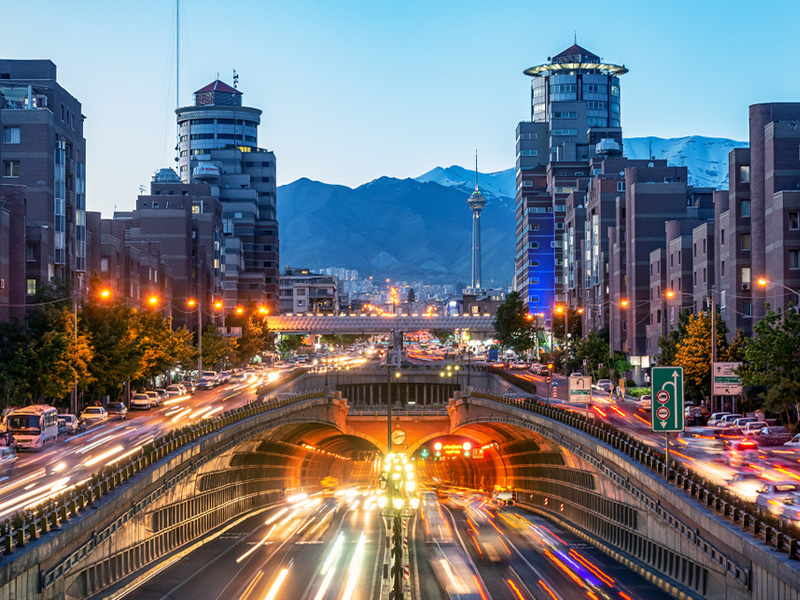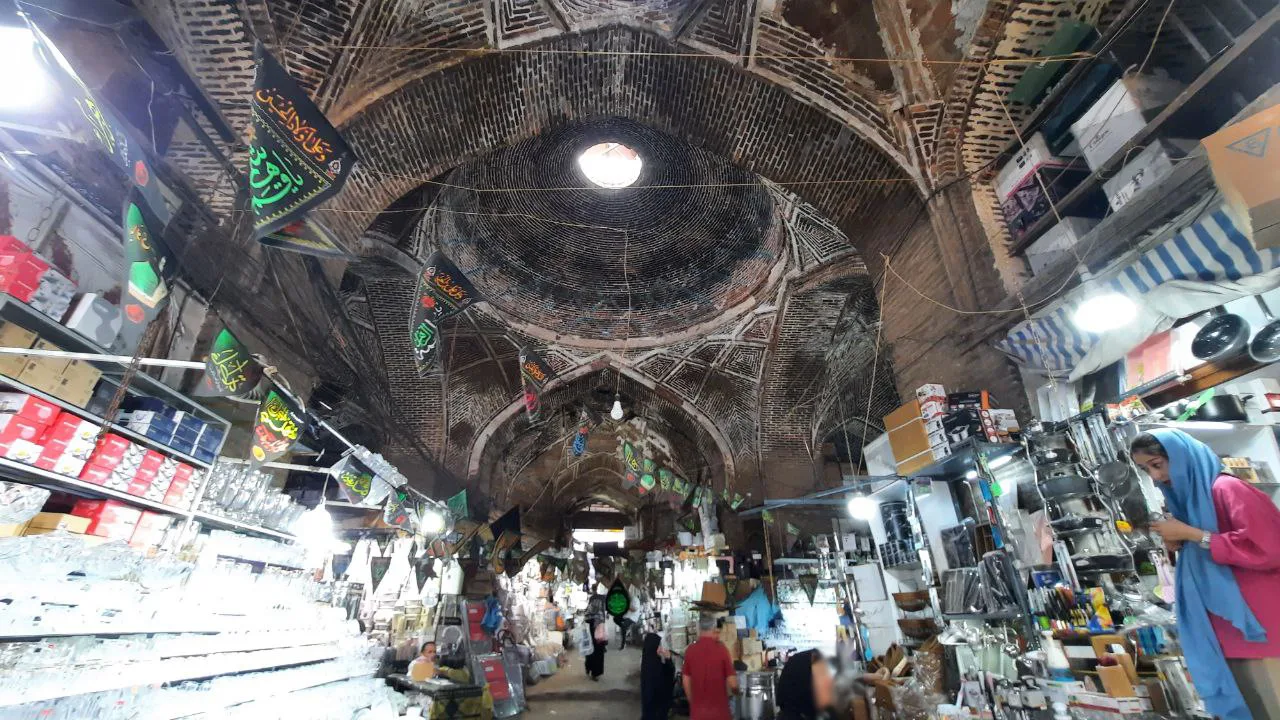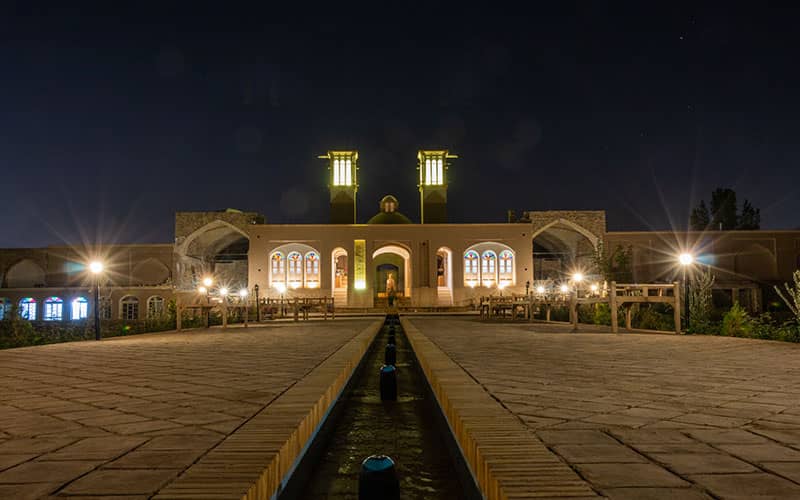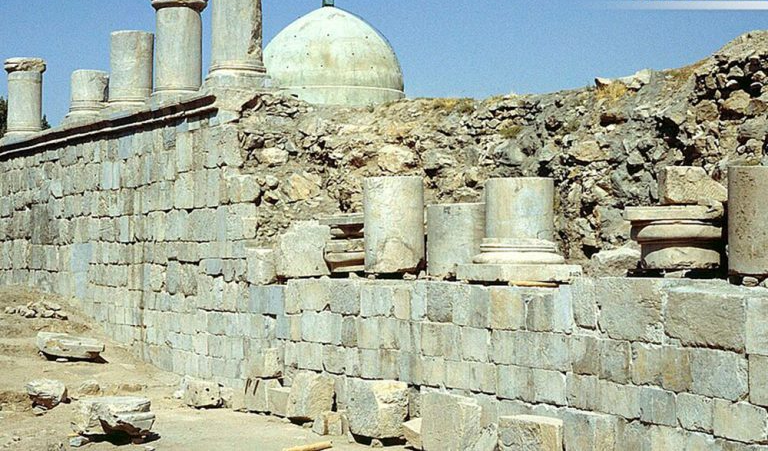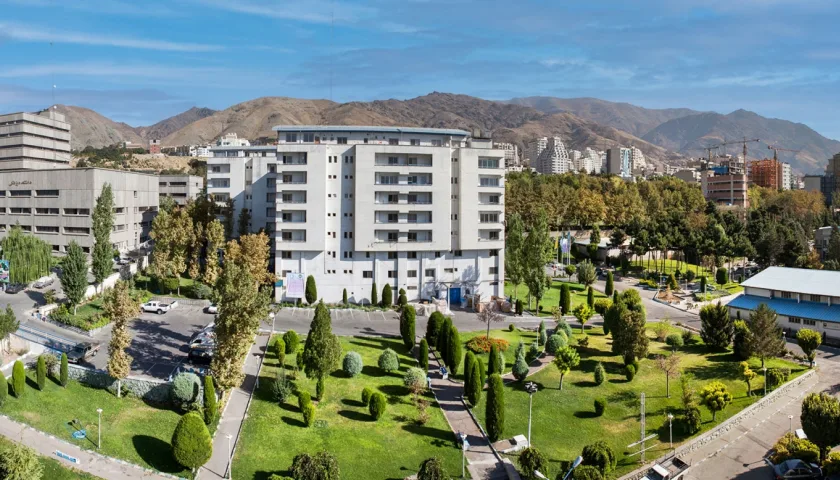Do’s and Don’ts of Traveling to Iran that Foreign Tourists Should Know!
One of the prerequisites for traveling to a foreign country is researching about that country and its governing laws. Iran is no exception to this rule, and before embarking on a trip, it is necessary to study the do’s and don’ts of traveling to Iran. Such research allows you to have a better experience of traveling to Iran and enjoy the utmost pleasure. The travel regulations to Iran are not overly strict and cumbersome, and with a simple search and reasonable preparation, one can be ready for entry into the country.
In this article from “Gulf City Pedia,” several recommendations for traveling to Iran are provided, which you can share with foreign friends and even Iranians residing abroad. Such information can help broaden the minds of foreign tourists about traveling to Iran. Let’s review the do’s and don’ts of traveling to Iran together.

Getting to Know Iran and Its Hospitable People
Before delving into the do’s and don’ts of traveling to Iran, it’s not a bad idea to briefly introduce Iran and its hospitable people. Iran is a country with four seasons and diverse climates, allowing you to experience various weather conditions in different cities if you have enough time. Additionally, the rich and fluctuating history deeply rooted in this land contributes to its historical attractions, ancient and fascinating cities, and a unique culture. Iran is the eleventh largest country globally and ranks as the thirtieth most populous country. Tehran, with over 10 million inhabitants and as the thirty-eighth most populous city globally, is the capital of Iran.
Due to its land and maritime borders, Iran easily connects with neighboring countries, including the Caspian Sea and Russia to the north, Armenia, Azerbaijan, and Turkey to the northwest, Turkmenistan to the northeast, Afghanistan and Pakistan to the east, Iraq to the west, and Oman Sea, the Persian Gulf, the United Arab Emirates, Kuwait, Bahrain, and Qatar to the south. One of Iran’s attractions is its ethnic diversity, with various ethnicities such as Fars, Lur, Kurd, Turk, Arab, Baluch, Taleshi, Assyrian, Georgian, and Turkmen. The majority of the population follows Islam (Shiite), while others belong to Christian, Zoroastrian, Jewish, and Baha’i faiths. Such diversity is rarely seen in other countries, making Iran a fascinating and unique destination.
Do’s and Don’ts of Traveling to Iran
Introduction
Studying the do’s and don’ts of traveling to Iran and preparing a practical checklist can help keep expectations of the trip to Iran at a reasonable level. Given the diverse perspectives of many who travel to Iran, their ultimate experiences can vary significantly. Therefore, such a list provides a more realistic image of Iran for travelers. Islamic hijab is a dress code law in the country, requiring women to wear headscarves and mantos, while men should not appear in public in shorts. Alcohol consumption is prohibited and not officially available for sale anywhere in the country.
Forbidden Activities
Among the prohibited activities in Iran is photographing military and governmental areas. In some specific locations, permission must be obtained before taking photographs. Travelers to Iran must obtain a tourist visa, similar to many other countries. Additionally, due to economic sanctions affecting Iran’s financial space, foreign tourists cannot use their credit cards. Hence, travelers should carry sufficient cash.
Currency Tips
It is recommended to obtain gift cards, as the use of bank cards is prevalent in Iran. However, one should be cautious not to convert all dollars, pounds, or euros into rials. Due to security concerns (carrying excessive cash) and market fluctuations in Iran’s currency, the value of the traveler’s money diminishes. Iran essentially has two currency units: rial and toman, with minimal difference. Toman is one unit less than rial, and people commonly use it in daily conversations and purchases.
Traveling Precautions
Similar to many countries, foreign travelers should refrain from activities like night walking in areas that may compromise their safety.

Internet: Do’s and Don’ts
Internet Access
In the list of do’s and don’ts regarding the internet in Iran, be sure to install apps for requesting online taxis. This helps make transportation within the city more convenient and avoids dealing with street taxis with varying rates. Note that most cities in Iran have metro and bus lines with very low costs. Since some messaging apps like Telegram and websites such as YouTube are filtered, using a VPN allows easy access to these platforms.
Accommodation and Internet
If staying in a hotel or hostel, Wi-Fi is usually available. To ensure easier internet access and make calls, obtaining a prepaid SIM card from various operators is advisable. Purchasing internet packages from these operators allows enjoying 4G and 5G internet.
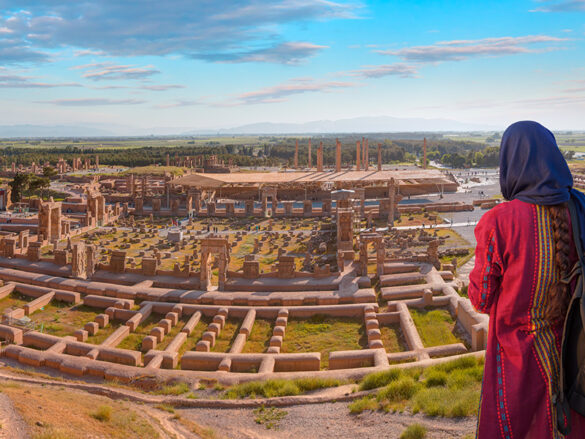
Cultural Etiquette
Interaction with Iranians
Learning cultural norms, especially regarding interactions with Iranian women, is crucial. According to Islamic laws and culture, interactions with non-related women are not customary and are considered disrespectful. Notable cultural events, such as Nowruz, Muharram, and Ramadan, may affect travel plans. Nowruz is the Iranian New Year, causing crowded conditions in various cities. During Ramadan, all restaurants are closed from morning until the night prayer (Iftar).
People and Customs
Iranians are known for being warm and hospitable. Just making friends with them can lead to sightseeing trips and invitations to meals. While traditional customs remain, it’s important to note that over time, especially with the younger generation, some of these cultural practices may fade.
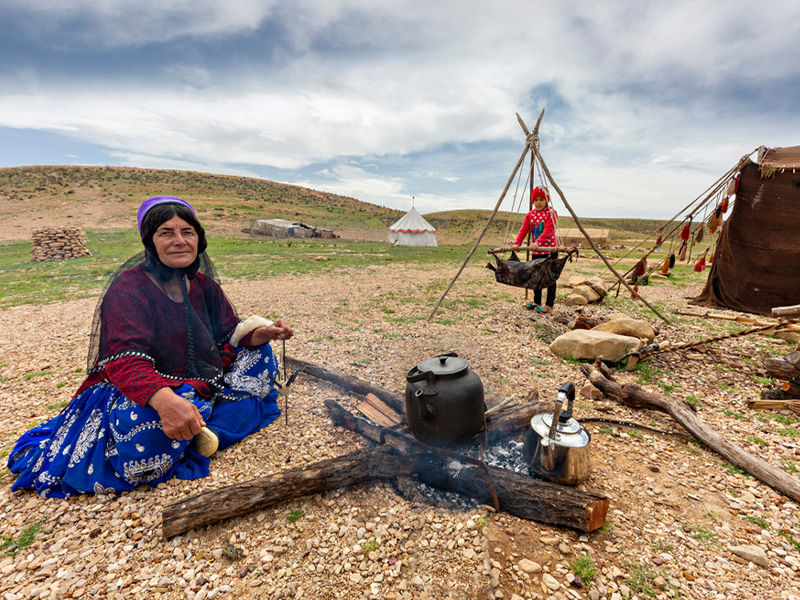
Traveler Experiences
Learning Key Phrases and Numbers
Learning key phrases such as greetings, thank you, help, and asking for prices can make communication with locals somewhat easier. Memorizing numbers is essential for daily purchases and making phone calls.
Iranian People
Iranians are extremely friendly and hospitable. Making friends with them often results in being shown around and invited to meals. Iranians love foreign tourists.
Diverse and Affordable Country
Iran is an unusual destination, known for its diversity and affordability. Each city has its unique charm and atmosphere, offering different natural landscapes throughout the country. Travelers with sufficient time can explore deserts, forests, coasts, and mountains.
Busy Streets and Hasty Drivers
One of the most common concerns for foreign tourists, regarding do’s and don’ts when traveling to Iran, is the crowded streets and hasty drivers. It is suggested to pass through major cities quickly, as city traffic can disrupt plans for several hours, leading to frustration. Drivers in Iran may not adhere strictly to traffic rules, making it challenging for pedestrians.
Conclusion on Traveling to Iran
The list of do’s and don’ts for traveling to Iran is compiled to create a memorable travel experience. It provides a general overview for foreign tourists and raises awareness among Iranians about hosting tourists. Positive interactions can bring foreign currency into the country and showcase the beauties of Iran, bridging gaps between people worldwide. If you were to create a list of do’s and don’ts for traveling to Iran, what items would you include?

